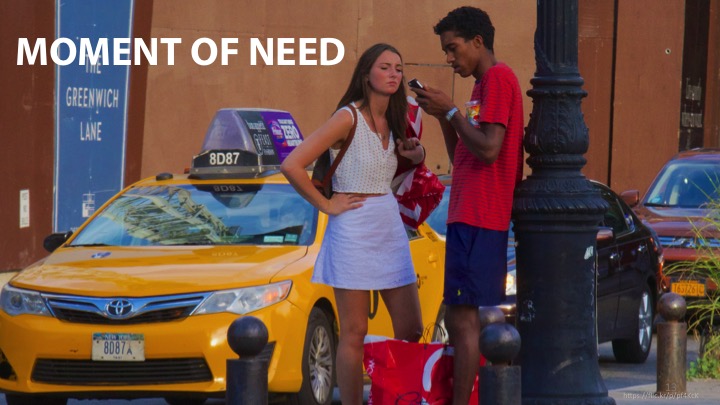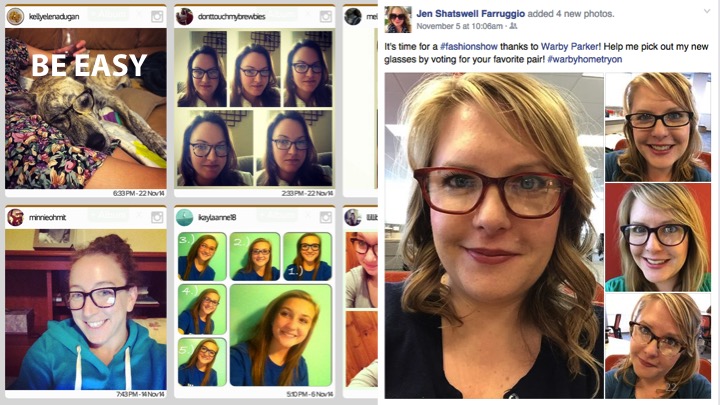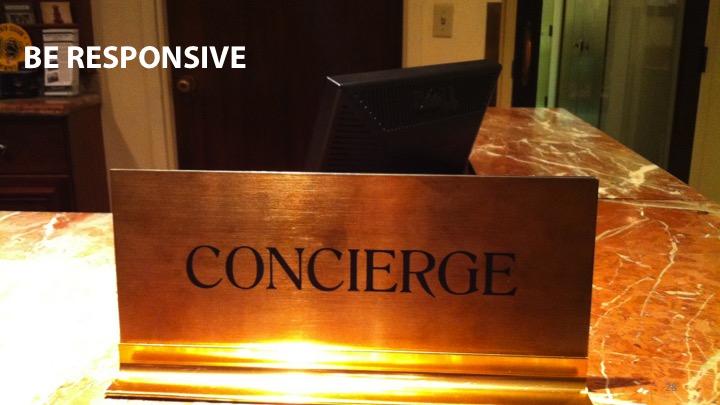When it comes to insights on today’s consumer, there are a lot of experts out there giving some expert opinion. I don’t consider myself one of them. But I do read a ton on the subject and I’ve gathered these nuggets.
From Robert Scoble and Shel Israel’s book, Age of Context, there are several trends converging that will definitely define the next generation of products and services.
Social, Mobile, Big Data, Sensors, GPS Location.
With social, we spend more time doing that online than anything one thing – hence the popularity of Facebook and Twitter.
With mobile, we spend more time looking at our smartphones than our TVs. And guess what? We carry that device with us more than any other one thing. It used to be my wallet but that doesn’t even make it to my bedside table.
With big data, we have the opportunity to collect more digital information about our customers than ever. Buying trends matched with demographics, psychographics, and lifestyle can bring back some very predictive analysis of future trends.
With sensors, we are capturing more information about ourselves and using that to help maintain better lives – sleep, activity, location, food intake and giving this information to the web and the companies that promise to help us make better choices.
With GPS location, we can get better routes home to avoid traffic but it also gives insight to the companies trying to advertise to us exactly where we are and what we are doing.
Now all of this may seem very big brotherish but I believe it’s actually going to help us keep from wasting time and making poor decisions without all the right information.
So a big customer insight is the Moment of Need.
The Moment of Need is when the customer figures out they have a problem and they need a solution immediately – where do they go? They touch the nearest device and expect the answer to be right there.

The customer tells us this:
I need the information right now, no matter what device I’m using. It needs to help me and, BTW, I need to find interesting and in terms I understand. GOT THAT? LOL
So let’s breakdown what the customer said into bite-size chunks that we can work with.
BE FOUND
Digital is overtaking the physical world. Understanding how search engines and social media work is crucial in the digital landscape. If you can’t get found organically, it’s time to pony up and buy it. What should you buy? The terms that you want to be found for.
BE FLEXIBLE
Your website or social properties should look great no matter what device the customer is using. Is your website using responsive design or is at least mobile friendly? Can I operate it with my thumb? Would it be better to have an application instead of relying on the web?
BE HELPFUL
I love my friend, Jay Baer, advice here. Stop getting in the way and make yourself useful. Don’t just talk about yourself and the problems only you solve. Talk about the industry you are in, the problems the industry faces, help them solve their problems even if you aren’t the solution to that specific issue. They will remember the help you gave them.
BE INTERESTING
Corporate speak is dead as well as logos. Your people are your best shot at staying relevant. If your people are your best assets, then why hide them behind a logo?
You need to set a voice for the company that matches the brand and then open up your staff to have a voice but teach them the best ways to do it with communications and social media training. And when they screw up as they most certainly will, then give them some place to go if they get in trouble like the PR and HR teams. Help them be proactive not reactive to your industry with a voice that is authentic.
Now the the Moment of Need has occurred, the next insight pops in. The Moment of Need plus Emotion and Logic Balance.

What is Emotion/Logic Balance? It’s the time in which the customer takes the time to justify his emotional need for the product or service with the logical side. He is searching for approval of his choice and he will find it.
The customer tells us now:
I need to know if this is the right thing to buy? What do the experts say? Do my friends’ approve? Is it the right price? Can I get it cheaper?
BE THE EXPERT CHOICE
Reviews from strangers count almost as much as reviews from friends. If you talk a lot about the product and service or about the industry, then you probably are expert at helping them make this choice for them.
People will refer to more experts as the cost of the product/service goes up so you need to be in multiple locations giving advice. And they will pay attention to the expert’s own reviews. Guess who is trusted the most – the academic/industry expert and a person like yourself according to Edelman’s Trust Barometer.
BE EASY
When you make it easy for them to ask their friends if they would approve of them buying your product, you are asking them to show you off. Would they? Yes, they want to.
This is why demoing product/services are so popular as well as taking things back if they don’t like them (Zappos model). This is also why beta invitations are so popular. They get to show off to their friends that they are now “in” and have the potential of letting them in as well adding to their social currency.
BE TRANSPARENT
Back in the day you didn’t have to worry about video recorders and camera that could instantly spread information via social networks. Customers now think they have the right to know what’s going on behind the closed doors and with more companies showing what is happening behind the scenes, then a customers trust goes up.
But for those that don’t, customers get a lot more suspicious than in the past. You can’t just say trust us anymore. You need to think more along the lines of “We’ll prove it to you so you can trust us.”

So we have the Moment of Need combined with the Emotion and Logic Balance and finished with White Glove Love.
What do I mean by White Glove Love? This is the customer experience matching the promises that were made via the Moment of Need and the Emotion/Logic Balance.
The customer says now:
Why can’t I just click to buy? Or press to buy? Or snapchat to buy? I want it today, can I pick it up now? Wow, so I got it – did you ever think of doing this with it? Now I don’t like it, you better take it back.
BE QUICK
The less fields, the better. Or how about no fields and I just touch my phone? Consumers love to buy as quickly as possible to get on with their lives.
BE COLLABORATIVE
If they really love the product, chances are they are going to tell you. Or show you how they are using it. Maybe it’s in ways you didn’t even envision. Make sure you are open to their feedback and if they want to recommend ways to improve it, be open to those. It will probably improve the product/service even more.
BE RESPONSIVE
The support call trees and email routing black holes are going the way of the dinosaurs. They want to talk to real people. They expect the product to do what you said it can do. They want their money back if they don’t have a receipt or it was a gift. Those that serve quickly and friendly, win over those with obstacles to climb.
With the power that customers have nowadays, I don’t see these trends and insights going away – in fact I see most of them as getting bigger and taking over more budget.
For example, I believe that customer experience and service will be the driving force of many products and service – it’s why you see many CMOs driving a customer-centric model.
Here’s a few takeaways to remember.
- Social and mobile are currently transforming all communications and marketing and are going to grow exponentially.
- Your customers will lead your company unless you meet their digital demands.
- You can get ahead of the competition if you adopt a digital mindset with your communications.
So what do you think? Am I missing the boat or did I miss a few crucial insights? Let me know and I’m happy to add them.
Leave a Reply